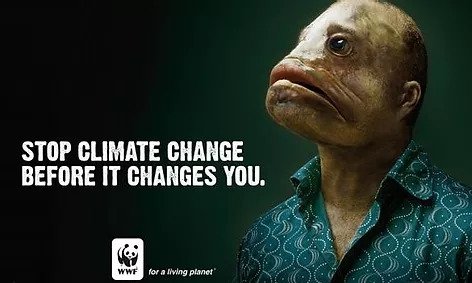Successful ads touch hearts and heads.
Studies conducted by data measurement firm Nielsen have shown that ad campaigns with an above average emotional response causes sales volume to rise by 23%. Likewise, neuromarketing expert Rodger Dooley has found that emotionally driven adverts create almost double the profits that rational ads do.
So, emotional ads are best for business. But how do brands use their audiences’ senses to gain their information?
For a start, the best ads are clear in what they’re doing.
Establish the feelings you want to evoke
As with any marketing activity, knowing your advertising goal is key. And in the case of emotional adverts, objectives will typically be to evoke one of the following feelings:
- Joy
- Sadness
- Anger
- Ownership
- Pride
Above all of these reactions, emotional adverts are best designed when they instill trust. This trust is what binds the user to your brand. And it’s also the difference between briefly catching a user’s eye, and getting them to click and convert.
With this in mind, let’s zoom in on these different emotional states, and how ads can leverage them in an original and credible fashion.
Joy
Joy is brilliant for engagement. Triggering a smile, laugh or some relief contributes to a positive outlook, encouraging them to not only click on but share adverts on social media.
As emotional advertising’s bread and butter, inspiring joy in a target audience creates strong bonds and breeds brand advocacy.
Coca Cola’s inclusive Share A Coke campaign captured the importance of spending happy moments with friends perfectly. By giving every person the chance to have their name on a bottle of Coke, Coca Cola was able to tap into the importance we place in friendships and memorable times, a strong and joyful connection for its clients to make.

Anger/Sadness
Despite these being negative emotions, both anger and sadness can act as powerful advertising weapons.
In fact, studies show that digital ads’ CTR (click-through rate) increases by 47% when using creative with a negative sentiment.
When done effectively, stirring anger acts as a call to affect change. Digital ads that evoke sadness, likewise, can create a deep sense of empathy towards unfortunate situations. This empathy encourages the user to actively respond by engaging with the advert’s content.
Mountain climbing apparel retailer Patagonia used a call to action for global climate change to strike the minds of its consumers. Using teens to deliver a poignant message during world Climate Week, Patagonia utilised environmental activism to showcase company values and thought leadership.

Ownership/Pride
Appealing to an audience’s need to own their actions provokes a feeling of leadership. The sense of duty derived from taking ownership then leads the audience to feel proud.
So, what does this mean for brands using emotional ads that appeal to ownership? That users engaging with the advert can feel like a first step towards making a difference.
Take, for instance, Nike’s use of Colin Kapernick’s protest against racial discrimination and police brutality towards blacks. Kapernick famously takes a knee during the American national anthem, played before a Football match. While Kapernick’s actions have sparked controversy, Nike used his image along with a call to ‘[b]elieve in something[, e]ven if it means sacrificing everything’ to galvanise support for a positive cause.
Nike’s advert motivates its audience to be better and fight injustice where it lives, something that it knows resonates with all decent humans, while putting its brand in a positive light.

Great ads force audiences to react
95% of our purchasing decisions are made subconsciously. This statistic from The Harvard Business Review paints a clear picture of how our mind is ruled by emotion and justified with logic. And in spite of this, many marketers still believe that the rational mind is what advertising is trying to unlock.
So whether you’re looking to tap into negative or positive feelings, emotional advertising is the optimal solution to engaging your target audience.
Inspiration, action and pleasure are all powerful reactions that are likely to move people to remember and interact with your brand. Better still, these same people will go out and advocate for your company, converting into clients and then prompting others to become customers too.
There is currently, furthermore, declining costs in digital ad spaces, making this the ideal moment to tug at your viewers’ heartstrings.






